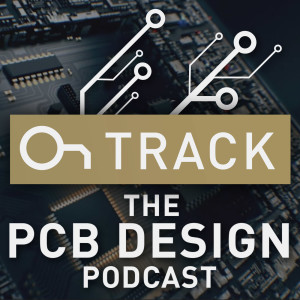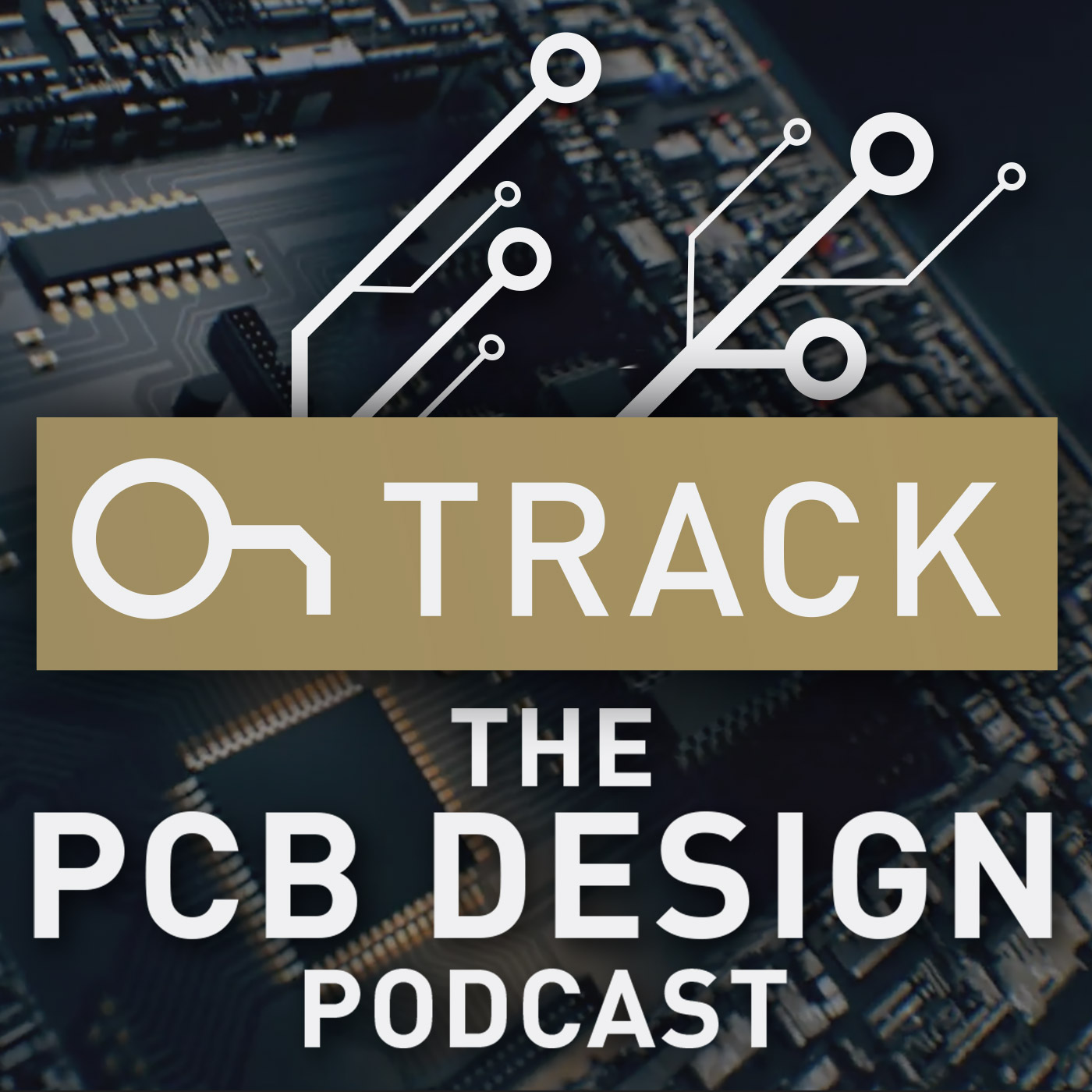Episodes

Tuesday Jul 27, 2021
Key Factors of Thoughtful Design
Tuesday Jul 27, 2021
Tuesday Jul 27, 2021
“Engage your suppliers early on the design process” - Ed Becze
Everyone wants a lower price, and often the “real cost” is not realized until it’s too late. In this episode, Ed Becze of Pegmatis, a highly experienced R&D company with end-to-end product development capabilities, joins us to help start-ups and design engineers like you avoid electronic product development failures.
Altium 365: Where the World Designs Electronics
Watch the video, click here.
Show Highlights:
- Introduction and the interesting origin of Pegmatis’s company name
- Ed explains the foundation of a good product development process
- A thoughtful development plan mitigates risk early on—engage vendors and suppliers early on the design process (understand parts, availability, vendor capabilities aligned with your product)
- Holistic understanding of electronic product development: strategy, cost, and your design team’s experience level
- Start-up challenges, how to prevent failures:
- Understanding the risk of “development by demo”
- Address the lack of system-level design experience (use external expertise if needed)
- Don’t trust the data sheets—only 5% of chipset providers give adequate design rules to follow. The rest, you are on your own.
- Manufacturing test is absolutely critical—test equipment and test development are often overlooked
- Engage early on the design process. Ed stresses the benefits of nurturing your relationships with your vendors and manufacturers.
- Successful product development relies exclusively on your network—find capable vendors
- Supply chain intelligence, plan ahead when coping with supply challenges
- Cost reduction—do it, but follow the process that is within the constraints of what you intended to create.
- What are the costs of NOT thoughtfully designing? It’s huge! Money and time. Delays inTime to market are extremely expensive.
Links and Resources:
Pegmatis Website
Ed Becze on LinkedIn
Full OnTrack Podcast Library
Altium Website
Download your Altium Designer Free Trial
Altium 365: Where the World Designs Electronics

Tuesday Jan 08, 2019
Electronic Components Shortages, Insights from John Watson
Tuesday Jan 08, 2019
Tuesday Jan 08, 2019
Electronic Components Shortages, or part shortages are so big that it impacts nearly every aspect of electronics design and manufacture. Lead times continue to rise no matter how fast parts are being produced. It is just not possible for production to catch up. The reality of this current shortage means it’s time to be innovative, and guest John Watson has some ideas to help including an expert tip Altium Designer users can put to good use. (Hint: ActiveBOM can help!) Listen in to get background on the electronic component shortage, what pro PCB designers are doing to address the concern proactively and stay ahead of PCB component shortages.
Show Highlights:
Shortages first started with capacitors - specifically with multi-layer ceramic capacitors (MLCC) MLCCs - 3 trillion created a year but the supply is still not meeting demand
This is a major crisis in the industry and its spreading
The part shortages are so big, it impacts every aspect. Shortages affecting: Board sensors, MOSFETs (metal-oxide semiconductor field-effect transistors), Resistors and Transistors. Previously unaffected supply chain areas are now being affected.
No matter how fast these are being produced, not possible for production to catch up.
There are three industries driving the high demand that is leading to part shortages:
- IoT - estimated 20 billion new IoT devices in next few years
- Mobile phone - 1.5 trillion mobile phones in next year. 1,000 capacitors in each phone.
- Automotive - 2,000 - 3,000 capacitors in regular / 22,000 capacitors estimated in electric car - as newer technologies are being pulled into regular automatic cars, just think of all the electronics i.e. safety features, automatic parking, etc.
New automotive organization:
AEC - Automotive Electronic Council is putting out standards that will be required for their components. Why? Because...
More rigorous components are needed in order to perform in harsh environments.
Almost 50% of those components have fallen out, or failed, to meet their tests.
On the component / part manufacturing side:
Converting lines from large components to smaller ones because not many people buying them.
Manufacturers shutting down entire lines so they can produce more popular sizes.
On the vendor side:
Vendors have moved towards part allocation - big companies get first in line for parts.
“You can only buy parts with if you have bought with us in the past year” - this is allocation.
Once a company is in allocation, they begin to stockpile components.
What kind of lead times are most common right now:
Short lead time - 16 weeks
Medium - 32 weeks
Long - 80 weeks
What makes this part shortage so different?
Mainly a market driven shortage, that cannot be pinpointed to a specific material shortage
It’s almost an ‘emotional shortage’ where people may be hoarding more than they need.
The extended duration of it is also unlike previous shortages.
It’s a scenario where the market compounded onto itself with its reaction to it.
HOT TIP: The next big thing is Broadband Satellite. SpaceX and low flying satellites to make everybody wireless. This is huge, it’s a lot of hardware.
Component Shortage Hacks to get through the Crisis:
- Overall, be as proactive as possible.
- Evaluate common design guidelines and step out of them. For example, can we change the norm values, parameters and tolerances? It doesn’t always require the most stringent guideline, there is room for adjustment, depending on the type of device and requirements.
- Be proactive, for example run your schematic through ActiveBOM and get flags on what components are not recommended. Don’t wait until layout, do it early on.
- You can also use Octopart, there are other free services.
- Leverage your procurement organization, give them the heads up with difficult components so they can be aware of the situation in advance.
- Create multiple footprints for designs.
- No single sourcing for components, don’t get tied into a single organization.
Where do you source parts or find out about availability during the shortage?
- Read the quarterly reports to get the latest, look at the numbers, watch the trend.
- Keep aware of the issues i.e. part availability reports
- Texas Instruments also has a lot of information.
PCB Component Shortages and using ActiveBom:
“ActiveBOM came out just in time. It has been the go to tool for us.”
Now we run legacy products through ActiveBOM.
Links and Resources:
John Watson Podcast on PLM and Library management
OnTrack article about Part Shortages
Watch John Watson clips on Youtube
Download the latest Altium Designer 19 today.

